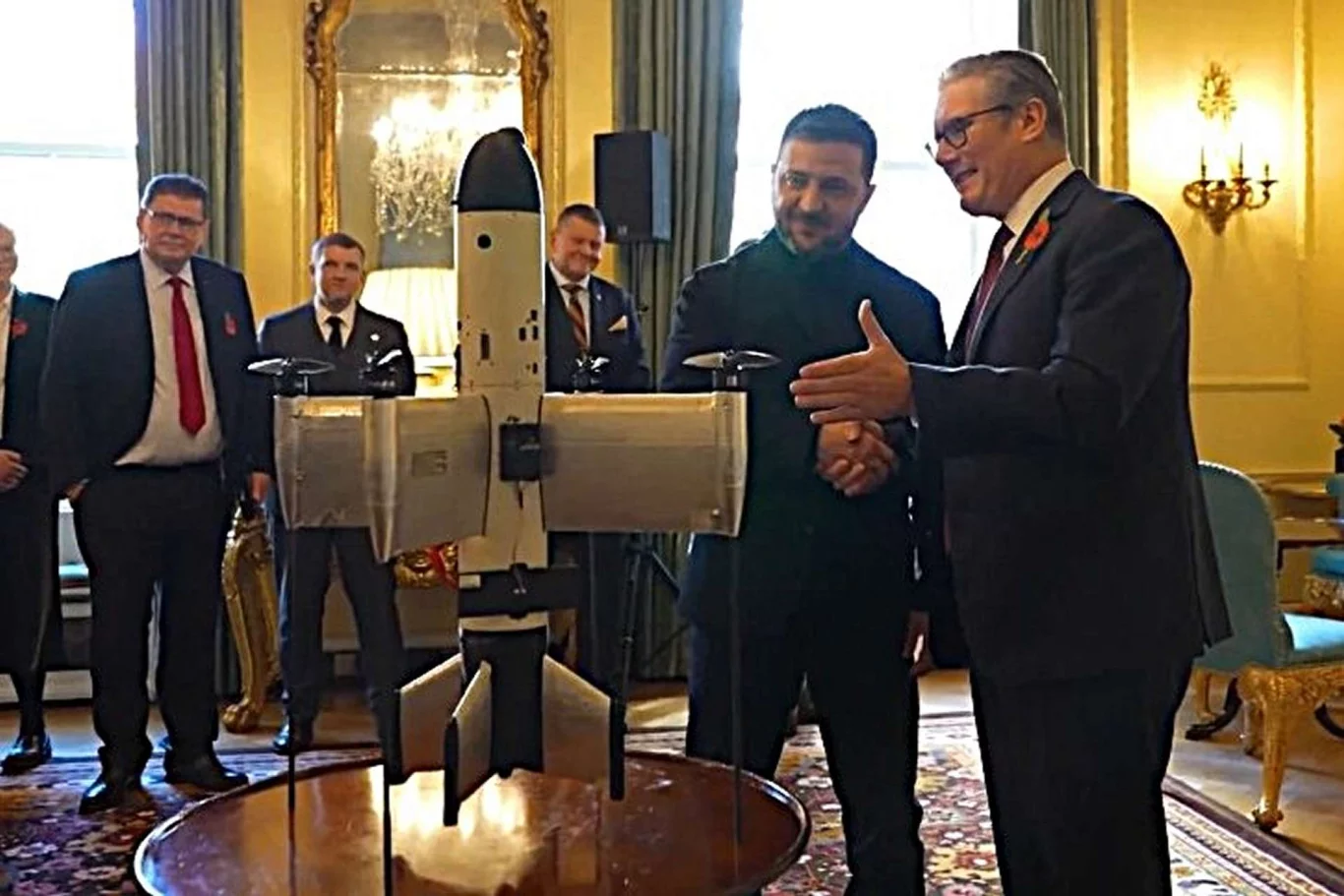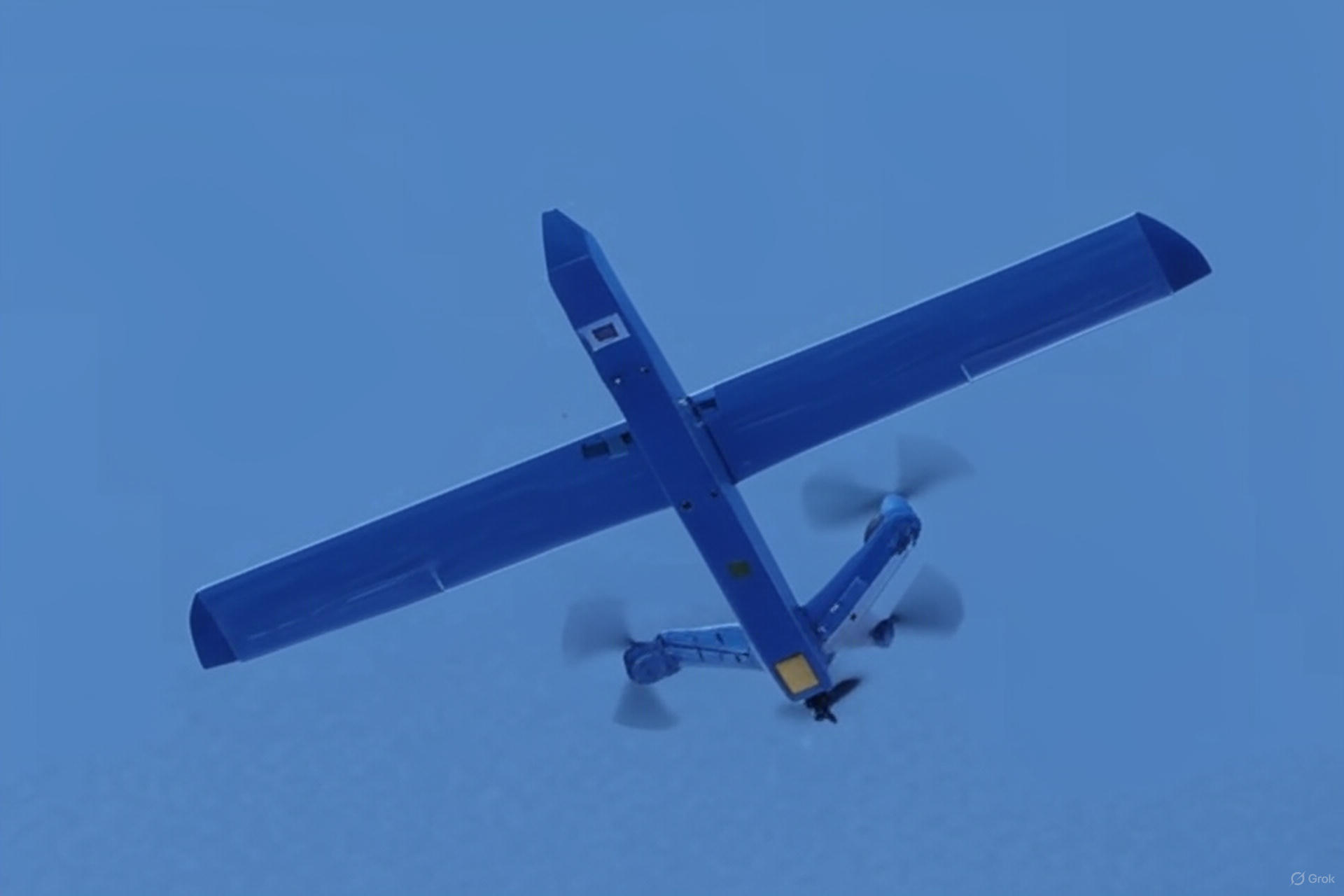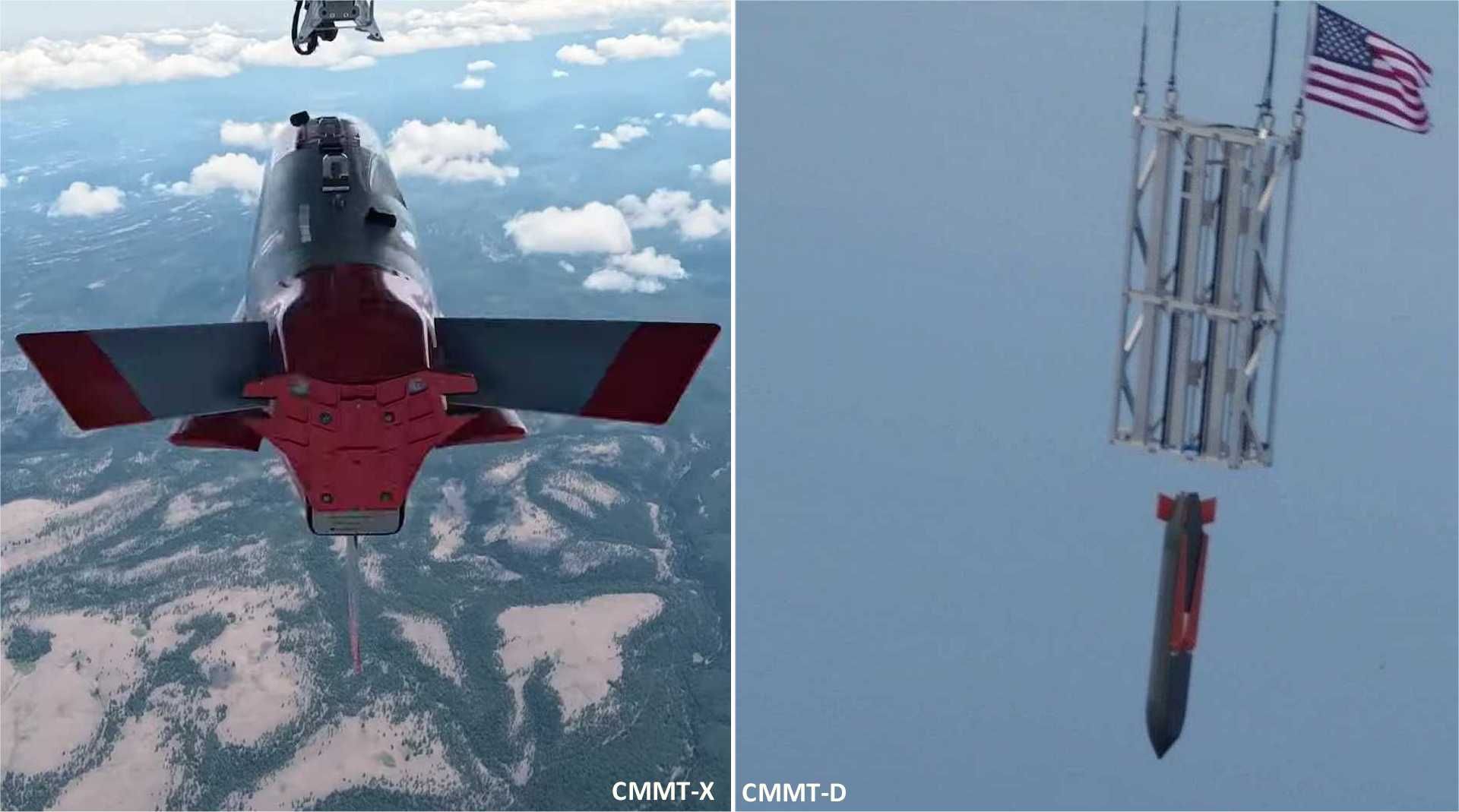In a groundbreaking development that’s sending shockwaves through the global defense community, the United Kingdom and Ukraine have officially inked a historic agreement to collaboratively manufacture thousands of cutting-edge Octopus-100 interceptor combat drones. This unprecedented partnership, announced under the ambitious “Build with Ukraine” initiative, not only signifies a major leap in military cooperation between the two nations but also positions the UK as the pioneering NATO member to host serial production of a Ukrainian-designed combat drone. As tensions in Eastern Europe continue to simmer amid ongoing conflicts, this move could dramatically reshape the battlefield dynamics, providing Ukraine with a rapid influx of advanced unmanned systems designed to neutralize aerial threats and safeguard vital assets. The deal, sealed on October 25, 2025, in the heart of London, comes at a critical juncture, highlighting how Western allies are evolving from mere suppliers of aid to active participants in Ukraine’s defense industrial ecosystem.
The announcement was made public by Rustem Umerov, Ukraine’s Secretary of the National Security and Defense Council, who emphasized the strategic importance of this collaboration. This isn’t just another arms deal; it’s a full-fledged co-production venture that promises to accelerate the deployment of these drones directly to the front lines, where they are desperately needed. For Ukraine, grappling with relentless adversarial drone incursions and the need for robust air defense layers, this agreement represents a lifeline. It ensures a steady stream of replenishments, bypassing the vulnerabilities of domestic production facilities that could be targeted in wartime. Meanwhile, for the United Kingdom, under the leadership of Prime Minister Keir Starmer, this initiative embeds the nation as a key hub for innovative defense manufacturing, potentially opening doors to further technological exchanges and economic benefits. The roots of this partnership trace back to recent high-profile engagements, including a personal demonstration of the Octopus-100 by Ukrainian President Volodymyr Zelensky to Starmer himself, which underscored the drone’s potential and paved the way for this formalized accord.
Delving deeper into the Octopus-100 itself, this interceptor-class drone is engineered specifically for the modern warfare arena, where unmanned aerial vehicles (UAVs) have become ubiquitous tools of both offense and reconnaissance. Conceived as a countermeasure against hostile drones, the Octopus-100 is optimized for swift engagement in highly contested environments, where split-second decisions can mean the difference between mission success and catastrophic failure. Although detailed technical specifications remain closely guarded—likely for operational security reasons—the drone’s classification suggests a focus on agility, precision targeting, and resilience against electronic warfare tactics commonly employed by adversaries. Imagine a compact, modular platform capable of intercepting incoming threats mid-flight, protecting everything from ground troops and convoys to critical infrastructure like power plants and command centers. The emphasis on producing thousands of units speaks volumes about its design philosophy: scalability is key. Rather than pursuing overly complex, high-cost systems, the Octopus-100 prioritizes affordability, ease of assembly, and a supply chain that can ramp up under duress, making it ideal for prolonged conflicts where attrition rates are high.
This production strategy is particularly astute given the realities of contemporary battlefields. In recent years, we’ve seen an explosion in drone usage, from cheap commercial quadcopters repurposed for surveillance to sophisticated swarms capable of overwhelming traditional defenses. The Octopus-100 steps into this fray as a dedicated interceptor, potentially filling a gap in layered air defense systems. By manufacturing in the UK, the program benefits from NATO-aligned quality standards, rigorous testing protocols, and streamlined certification processes that ensure reliability. This isn’t mere assembly-line work; it’s a symbiotic relationship where Ukrainian ingenuity meets British industrial prowess. The UK will handle the manufacturing, while Ukraine provides the design expertise and real-world testing grounds. Units produced in Britain will be shipped to Ukraine for rigorous field evaluations, allowing for iterative improvements based on frontline feedback. This agile development cycle—endorsed at the highest political levels—enables rapid adaptations, such as software updates for better threat recognition or hardware tweaks for enhanced endurance.
The operational advantages of this setup are multifaceted and far-reaching. Firstly, by dispersing production across borders, the program builds in resilience against disruptions. Ukrainian factories, while innovative and resilient, face constant risks from targeted strikes; relocating serial production to a secure NATO territory like the UK mitigates these vulnerabilities and ensures continuity. Secondly, the sheer volume—thousands of drones—transforms the Octopus-100 from a niche asset into a mass-deployable force multiplier. In an era where quantity often trumps quality in drone warfare, having a reliable pipeline means Ukraine can maintain defensive superiority without exhausting resources. Think of it as creating a “drone shield” that can be layered over existing systems, deterring low-cost enemy incursions and preserving more expensive assets for strategic roles.
Moreover, this co-production fosters deeper technology transfer and interoperability. Ukrainian engineers could collaborate with UK counterparts on refinements, sharing insights from combat data that refine algorithms and sensor integrations. This not only enhances the drone’s performance but also sets precedents for future joint ventures, potentially involving other NATO allies in component sourcing or specialized testing. On the logistical front, a UK-based production line streamlines supply chains: predictable delivery schedules allow for better planning of spares, maintenance, and operator training. Ukrainian forces can establish dedicated training programs, perhaps even with UK instructors, to maximize the drone’s effectiveness. This holistic approach—combining production, testing, and sustainment—could evolve into a model for other defense collaborations, proving that alliances in the 21st century extend beyond rhetoric into tangible industrial integration.
From a strategic perspective, the implications ripple far beyond the immediate parties involved. Geopolitically, this deal sends a clear message to both allies and foes: Western support for Ukraine is deepening into a long-term commitment. By hosting production of a combat drone designed for Ukrainian needs, the UK is not just aiding a partner but investing in a shared security architecture. This could encourage other NATO nations to join the “Build with Ukraine” initiative, perhaps contributing to subsystems like propulsion or avionics, thereby distributing costs and risks while amplifying collective capabilities. Adversaries, meanwhile, may view this as an escalation, prompting them to reassess their own drone strategies in light of enhanced countermeasures.
Geostrategically, the focus on interceptor drones aligns perfectly with the evolving nature of warfare. Conflicts today are characterized by high attrition, pervasive electronic interference, and the democratization of aerial threats through affordable technology. Mass-producing affordable interceptors like the Octopus-100 addresses these challenges head-on, providing a cost-effective way to neutralize swarms without depleting missile stocks. A NATO-backed production line shortens turnaround times, improves wartime sustainment, and bolsters Ukraine’s ability to protect its forces and infrastructure amid ongoing hostilities. This isn’t just about drones; it’s about building resilience in an unpredictable world.
In essence, this agreement transitions lofty political pledges into concrete action. By establishing serial production of the Octopus-100 in the UK and funneling units back to Ukraine for real-time enhancements, both nations are forging an efficient pathway for capability expansion and reliable resupply. With thousands of these interceptors on the horizon, the partnership is poised to fortify Ukraine’s defenses against unmanned perils while inviting broader allied engagement in defense manufacturing. As the world watches, this could mark the dawn of a new era in collaborative warfare technology, where innovation meets urgency on the global stage.




